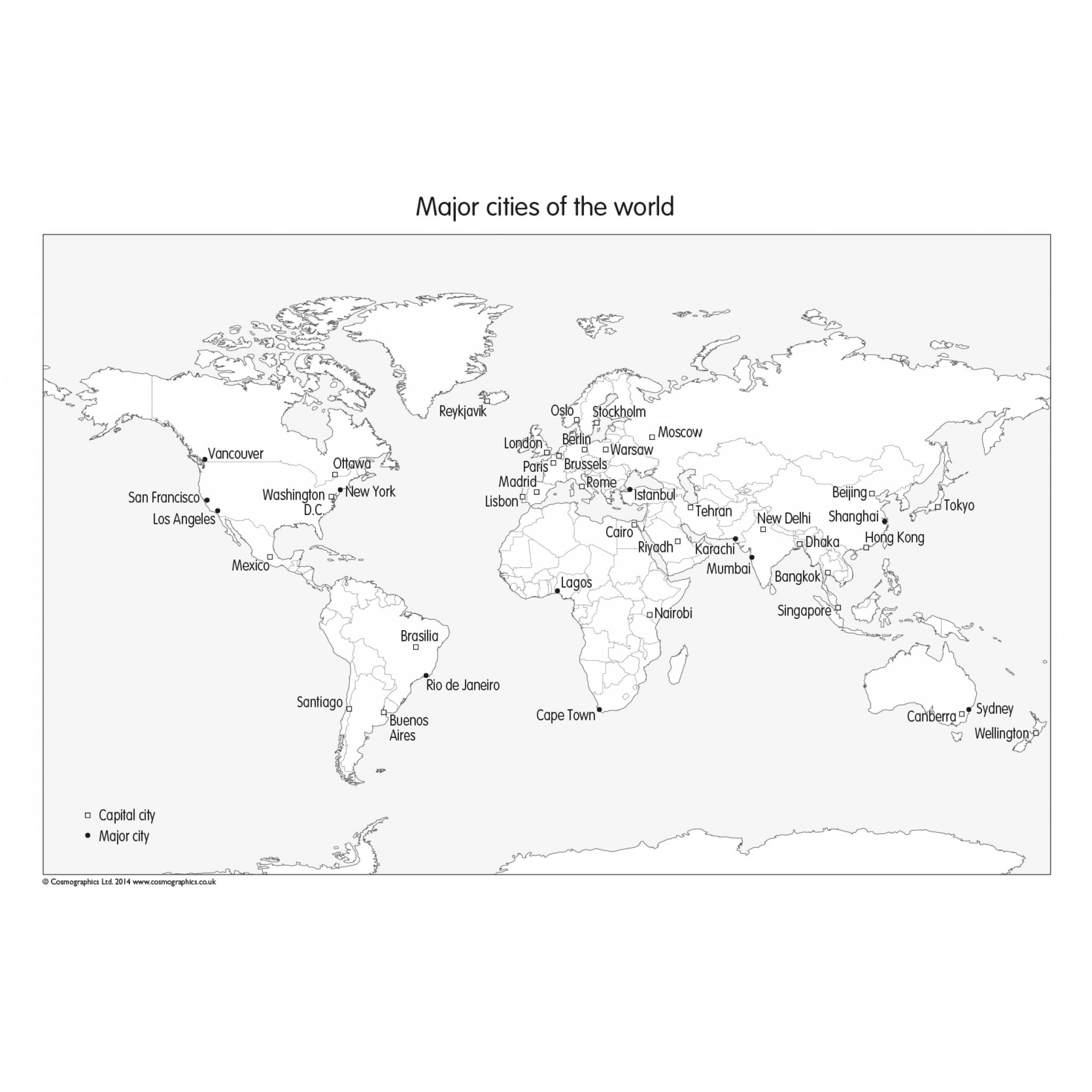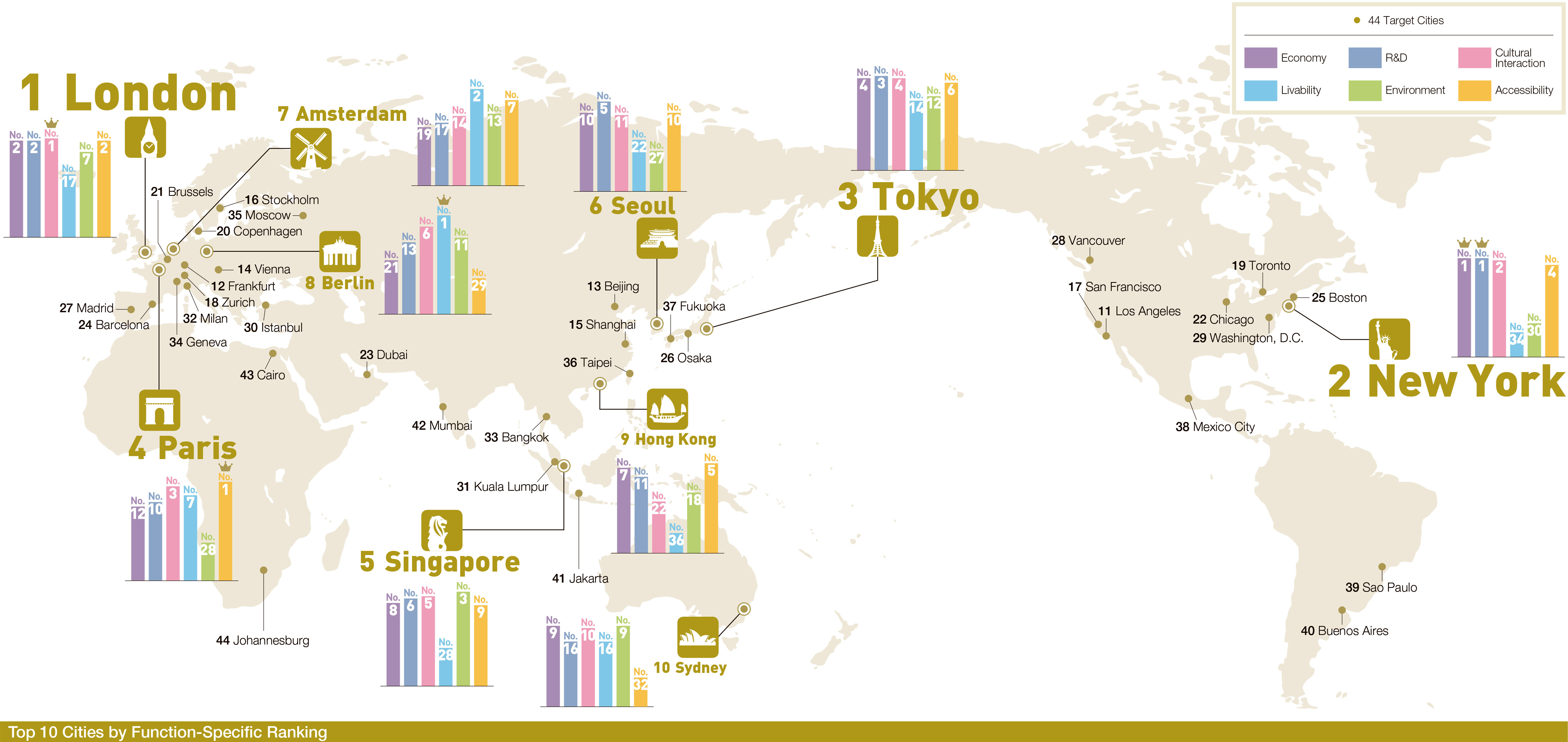
The Greater Toronto Area completely eclipses the economy of the rest of the province.


One standout example of this is in Ontario, Canada.
This visualization highlights the economic might of cities better than a conventional map. With a GDP of $3 trillion, India’s contribution overshadows the GDP of the whole African continent ( $2.6 trillion). Canada as a country accounts for 2% of the world’s GDP, which is comparable to the GDP contribution of the Greater Tokyo Area at 2.2%. State of California accounts for 3.7% of the world’s GDP by itself, which ranks higher than the United Kingdom’s total contribution of 3.3%. North America, Europe, and East Asia, with a combined GDP of nearly $75 trillion, make up 80% of the world’s GDP in nominal terms. Anomalies in Global GDP Distributionīreaking down global GDP distribution into cartograms highlights some interesting anomalies worth considering: This is because goods and services are cheaper in India, meaning you can actually purchase more there for the same amount of money. For example, $100 (or its exchange equivalent in Indian rupees) is generally going to be able to buy more in India than it is in the United States. The above map is using nominal data, while the below map accounts for differences in purchasing power (PPP).Īdjusting for PPP takes into account the relative value of currencies and purchasing power in countries around the world. Metro areas that account for over 0.25% of global GDP are featured.įinally, it should be noted that to account for some outdated subdivision participation data, the map creator calculated 2021 estimates for this using the formula: national GDP (2021) x % of subdivision participation (2017-2020). Countries that make up more than 0.95% of global GDP are broken down into subdivisions, while countries that are smaller than 0.1% of GDP are grouped together. 
2.0% of global GDP), while Munich’s metro area is 3 hexagons (0.3%).Ĭountries are further broken down based on size. So in the nominal GDP map, the state of New York represents 20 hexagons (i.e. The number below each region, country or metropolitan area represents the number of hexagons covered by that entity. Each hexagon on the two maps represents 0.1% of the world’s overall GDP. Before diving in, let us give you some context on how these maps were designed.







 0 kommentar(er)
0 kommentar(er)
